LATEST INSIGHTS
Your Present Location: LATEST INSIGHTSHuang Jianhui: China`s economy expected to stabilize in 2016
By Huang Jianhui Source: China Daily Published: 2016-1-4
The year 2016 is the first year of the 13th Five-year Plan. On the whole, the economic situation is quite grim, but is expected to see the end of the downward trend and gradually become stable as new momentum emerges. Macro-control is expected to focus on boosting supply and demand, reform and opening-up, mass innovation, as well as fiscal and monetary policies.
Chinese economy still has huge room for development at a medium-to-long term. It is crucial to push forward the reform and opening-up and accelerate the innovation-driven transformation, nurturing new growth points to bolster the country`s international competitiveness, optimize the economic structure and improve people`s livelihood.
New growth momentum emerging
The country`s economy has been faced with pressures from economic slowdown, structural adjustments, and hang-over of previous stimulus since 2012, triggering a downward trend that has persisted for 11 consecutive quarters. The inertia will inevitably weigh on the economy to some extent in 2016.
There are some positive signs, however. China has been accelerating economic restructuring and industrial upgrading, and pushing forward new industrialization, information technologies, urbanization and agricultural modernization, which will unleash huge potential for demand and supply.
New growth momentum is breeding as the country has been carrying out the new-type urbanization plan, speeding up newly emerged industries, encouraging mass entrepreneurship and innovation, and deepening reforms and opening-up that will release more dividends.
Meanwhile, the job market is stable, the property sector faces eased downward pressure, the infrastructure investment accelerates, and accumulative effects and composite force of policies and measures to stabilize growth are emerging. In addition, the decrease of corporate management costs helps accelerate the pace of market adaptation.
In particular, the fifth plenary session of the 18th CPC Central Committee has drawn an economic and social development blueprint for the next five years, which set new goals and pointed out the concept of development as well as major measures expected to enhance the market confidence and stimulate the social vitality.
Above said, China`s economy still has the potential to maintain medium-to-high level of growth. It can be predictable that GDP growth will stabilize and be likely to achieve a rate of 6.7 percent for the whole year in 2016.
On the supply side, mass entrepreneurship and innovation will drive the development of the new-type manufacturing and service industries as a new growth momentum. Innovative development comes first and foremost in the 13th Five-Year Plan (2016-20). In the service sector, for instance, enterprises are increasingly taking innovation as their core competence, showing strong vitality by adopting Internet technologies.
Industrial added value is expected to stand at about 5.7 percent this year, among which, the new manufacturing industry growth is obviously faster than the whole sector, and the growth rate of the service industry will increase by 8.6 percent.
On the demand side, consumption upgrading and wise investment have become a new momentum to drive the economic development. In the future, household consumption will shift from basic needs of clothing, food, housing and transportation to high-end demands such as environment, culture, and entertainment, and higher education.
At the same time, smart investment is highly needed to meet the upgraded new demands. The government structural orientation of "Do something but not" should be integrated into the allocation mechanism of "Let the market fully play a role" and scientific decision on the prudent and smart programs in the diversified cooperative system.
It`s estimated that social retail sales will increase by about 11 percent, and the fixed asset investment will grow 9.5 percent in 2016.
Prices stabilizing, monetary easing effective
Deflationary pressures will be eased in China in 2016. On one hand, world major commodity prices are expected to stabilize at a low point, easing imported downward pressures on prices in China. On the other hand, the country`s economy as a whole is bottoming out, and its monetary easing starts sinking in, which will help boost companies` downstream demand. PPI is expected to fall 2 percent this year, slightly narrowing from a year earlier, and CPI will increase by about 1.7 percent which is a little higher than that of 2015.
China`s monetary policy will remain prudent, but will ease moderately if needs be. First, real economy is still faced with big financing difficulties and costs, and relatively strong liquidity will help cut companies` financing cost; second, weak social demand requires certain stimulation; third, lower interest rates will benefit local governments` bond issurance, and help shake off debt burden and ward off default risks; fourth, ample liquidity will offset capital outflows on the heels of the Fed`s interest rates hike. Therefore, an interest rate cut and several reserve requirement ratio cuts are expected in 2016.
The fiscal policy will continue to underpin economic stabilizing and restructuring, and improve people`s livelihood. First, the financial deficit will be more proactive to support steady economic development. It is predicted the public fiscal deficit will reach 1.8 trillion yuan ($276.7 billion), with a budget deficit rate rising to 2.5 percent from 2.3 percent last year.
Second, marked contradiction between revenue and expenditure entails structural adjustment of fiscal expenditure and tax cuts policy. Third, it is necessary to streamline public-private partnership, create a government environment that is transparent and credible based on rule of law, and promote the PPP financing support fund to start operating as soon as possible. Fourth, we should further deepen reforms on the fiscal and tax system, the shift from business tax to value-added tax and the budget management system, and improve the government debt management.
Supply-side reform accelerating
President Xi Jinping on Nov 10 said for the first time that the country should focus on supply-side reform while moderately expanding the aggregate demand, a new expression that marked a significant change of the macro-control thinking to drive the economic growth in the next phase.
Supply-side reform, the emphasis of the country`s macro control in 2016, will center on boosting the quality and efficiency of the supply system in a bid to create new driving forces to power economic development, facilitate economic restructuring and upgrading, improve ecological environment and people`s well-being, and ultimately achieve the goal of building a moderately prosperous society.
As to specific measures, the country should improve market economy system, boost the mobility and quality of labor force, speed up land reforms, deepen financial reforms, and accelerate State-owned enterprises reforms. Meanwhile, China needs to build up a new industrial system, bolster technological innovations, and enhance energy conservation and environmental protection.
The author is a senior fellow of Chongyang Financial Institute of Renmin University of China.
Key Words: China; economy; reform



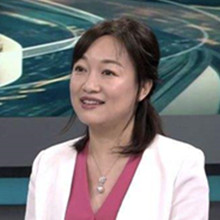


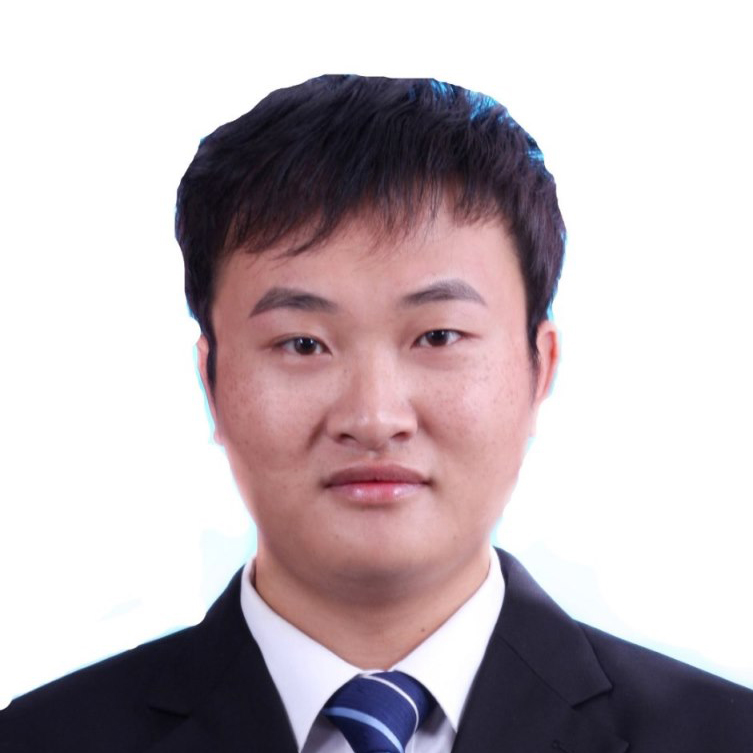
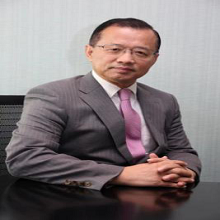
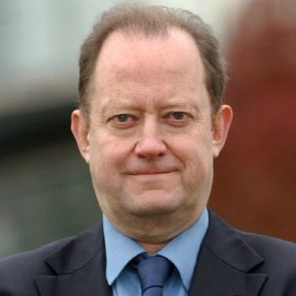
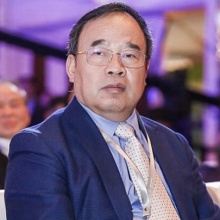
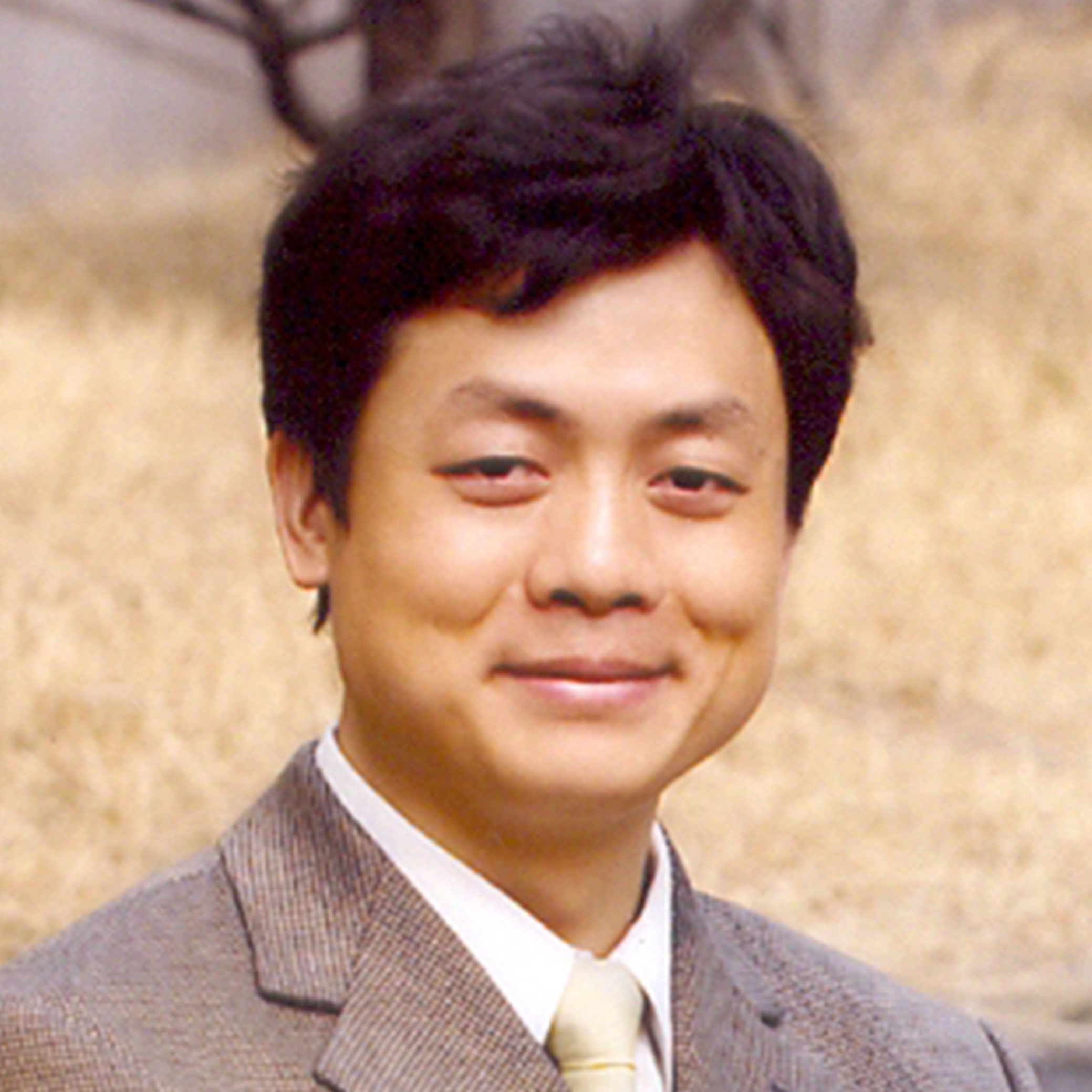
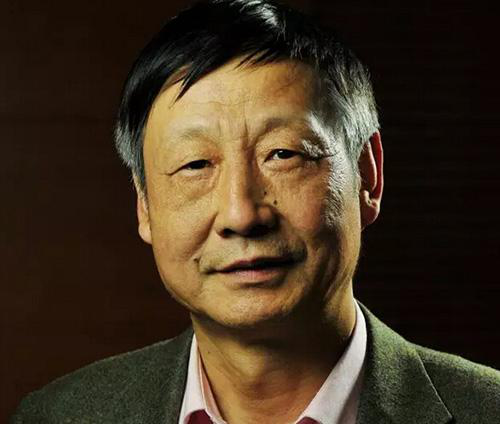
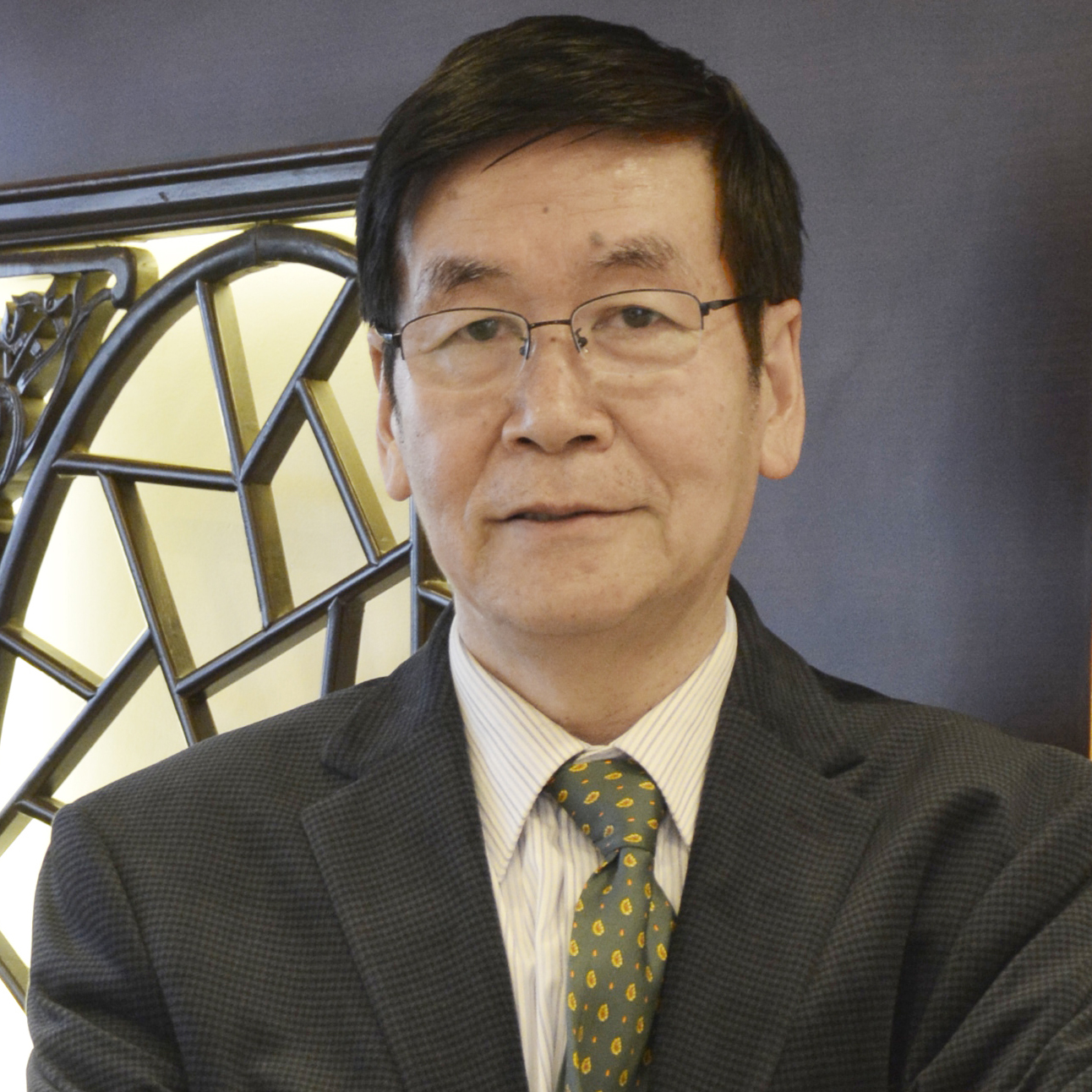
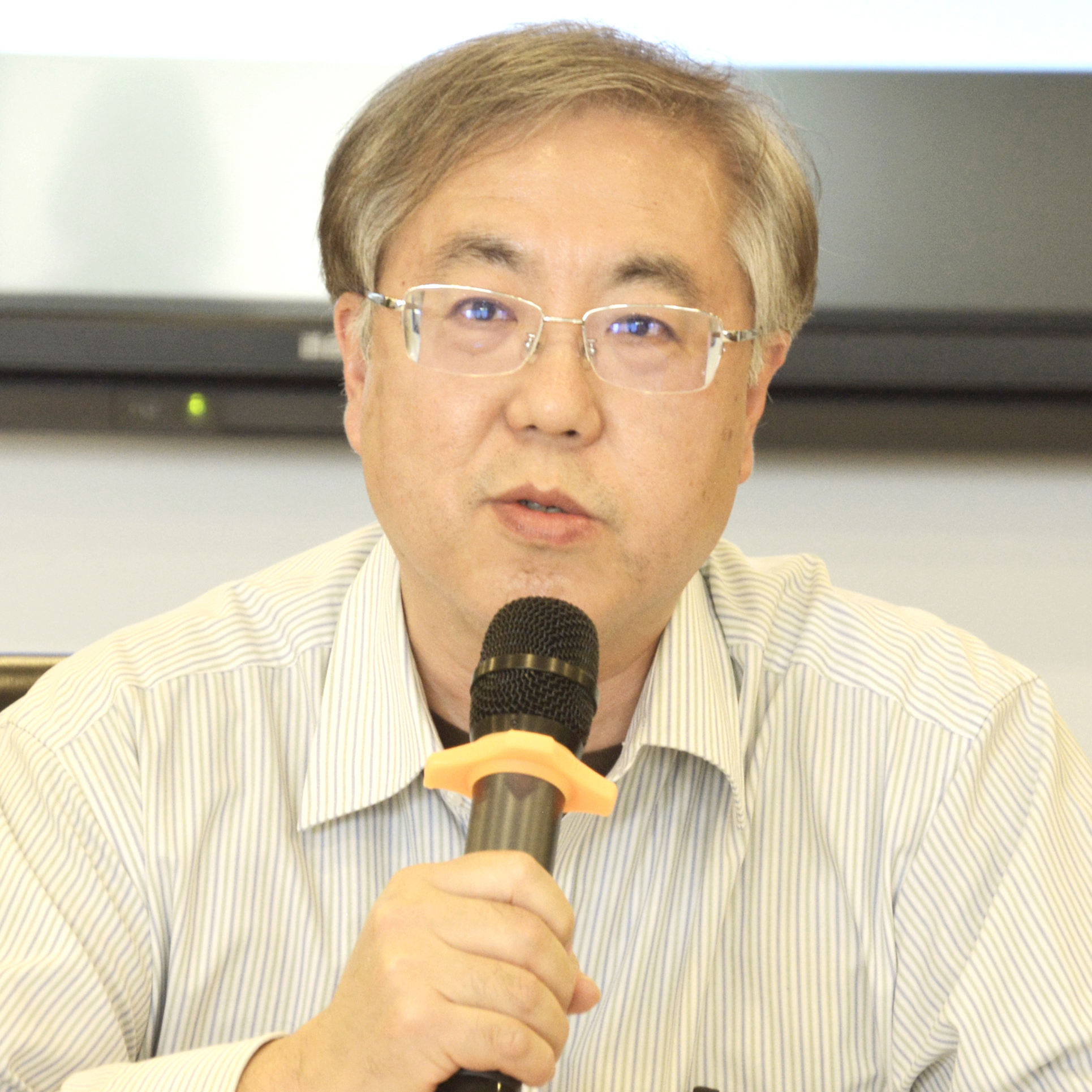

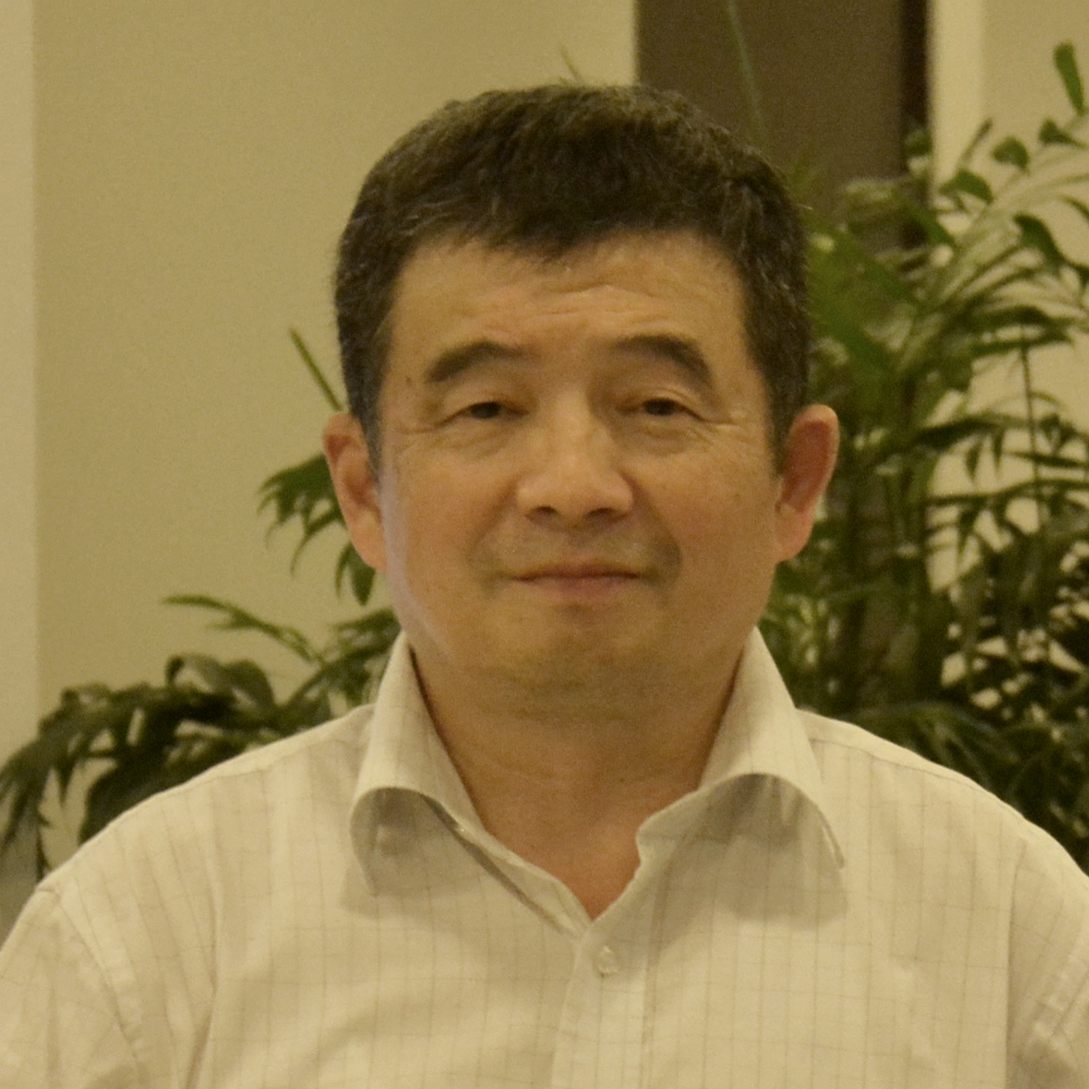
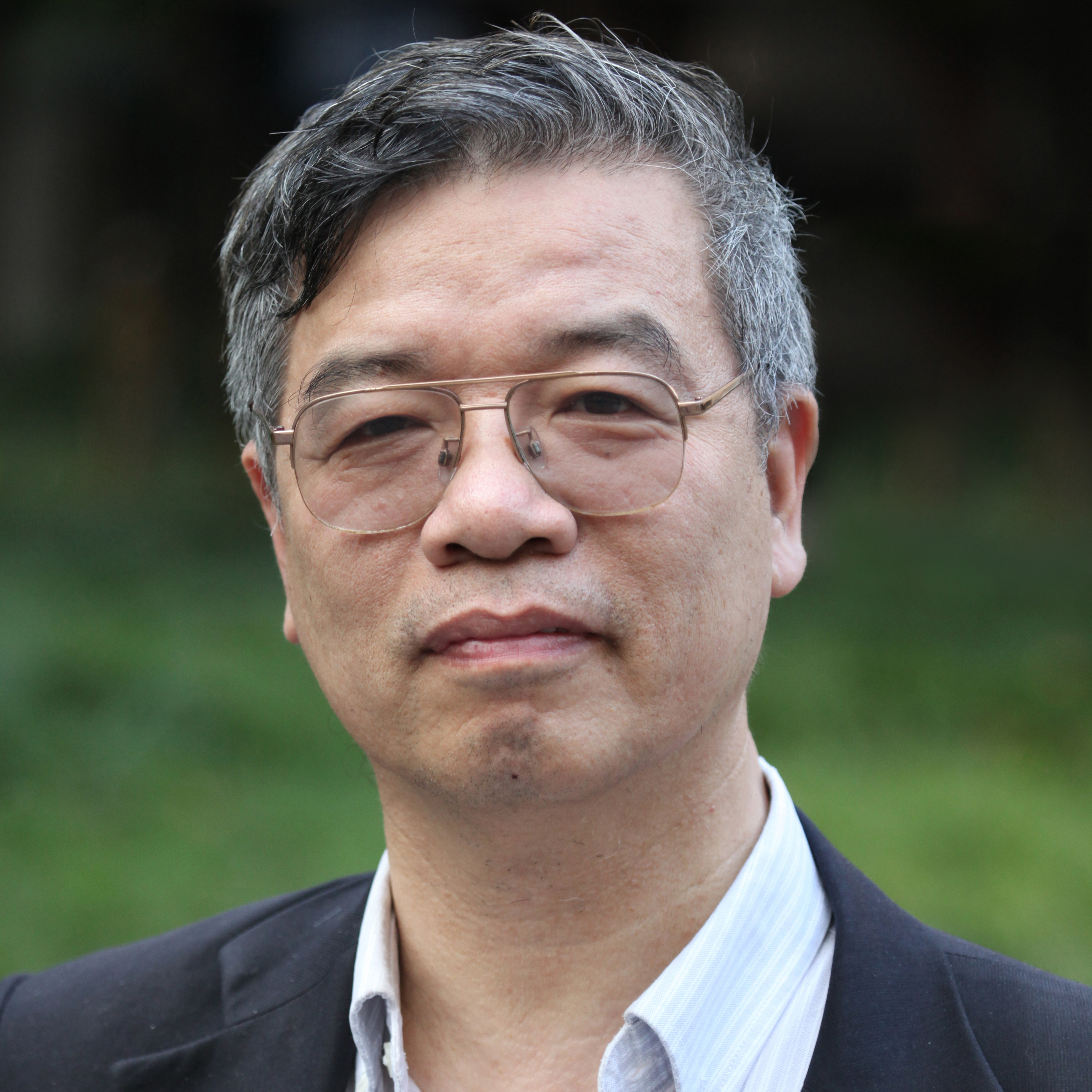
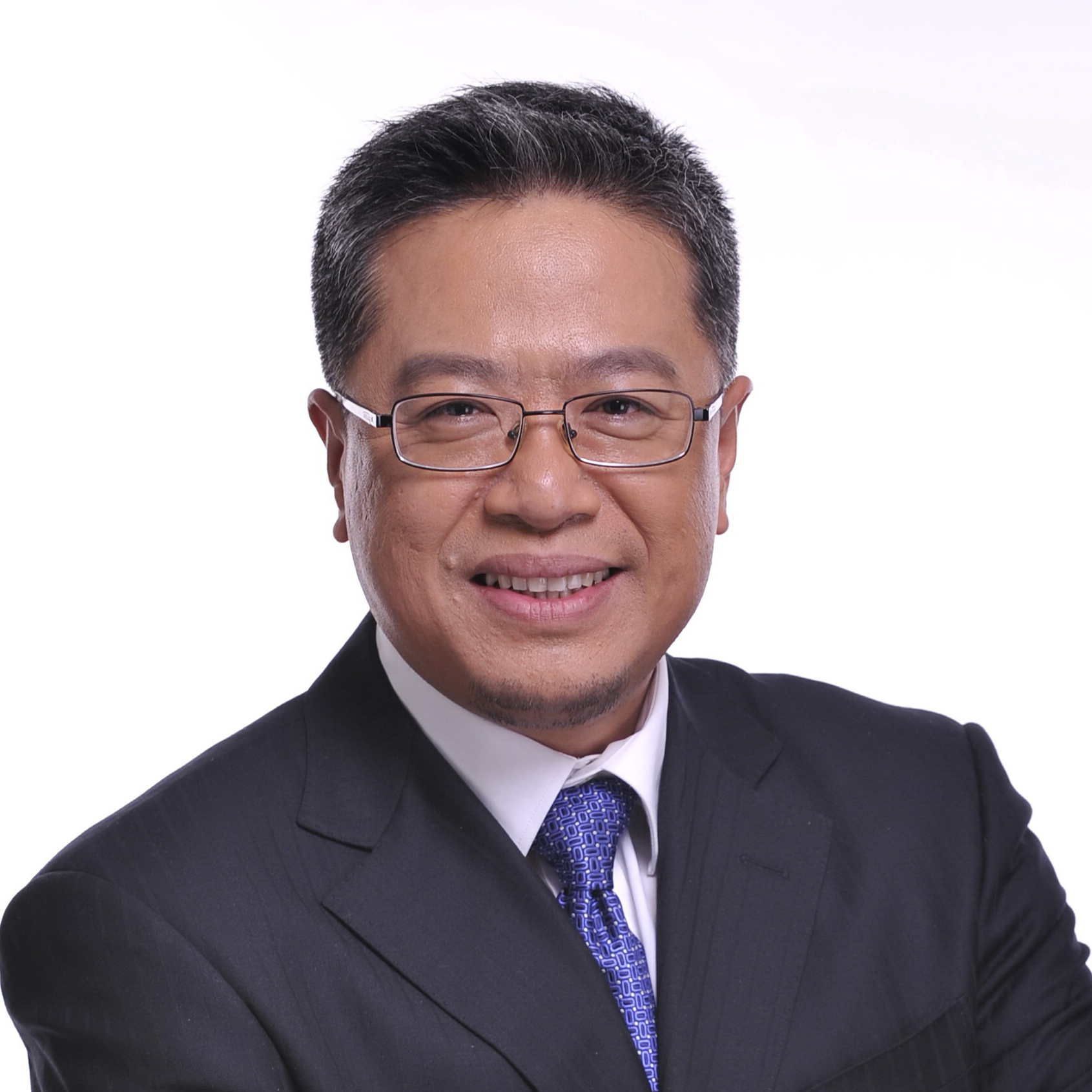
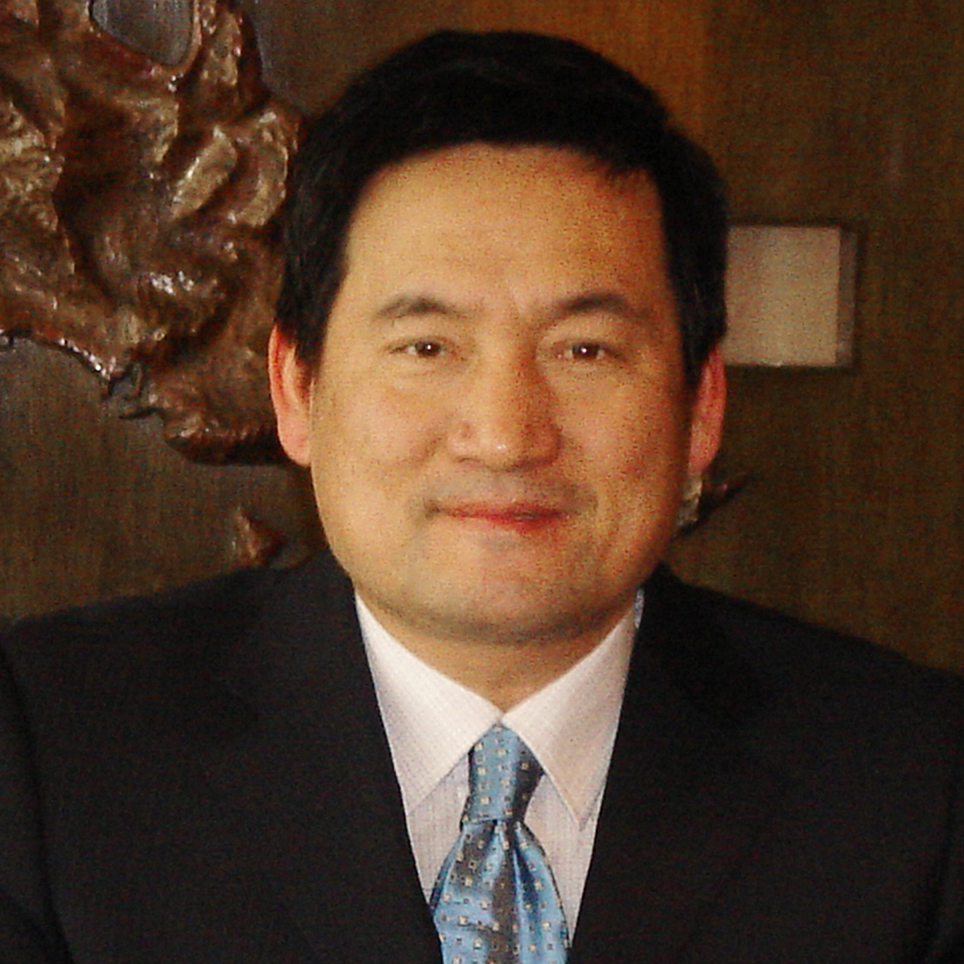





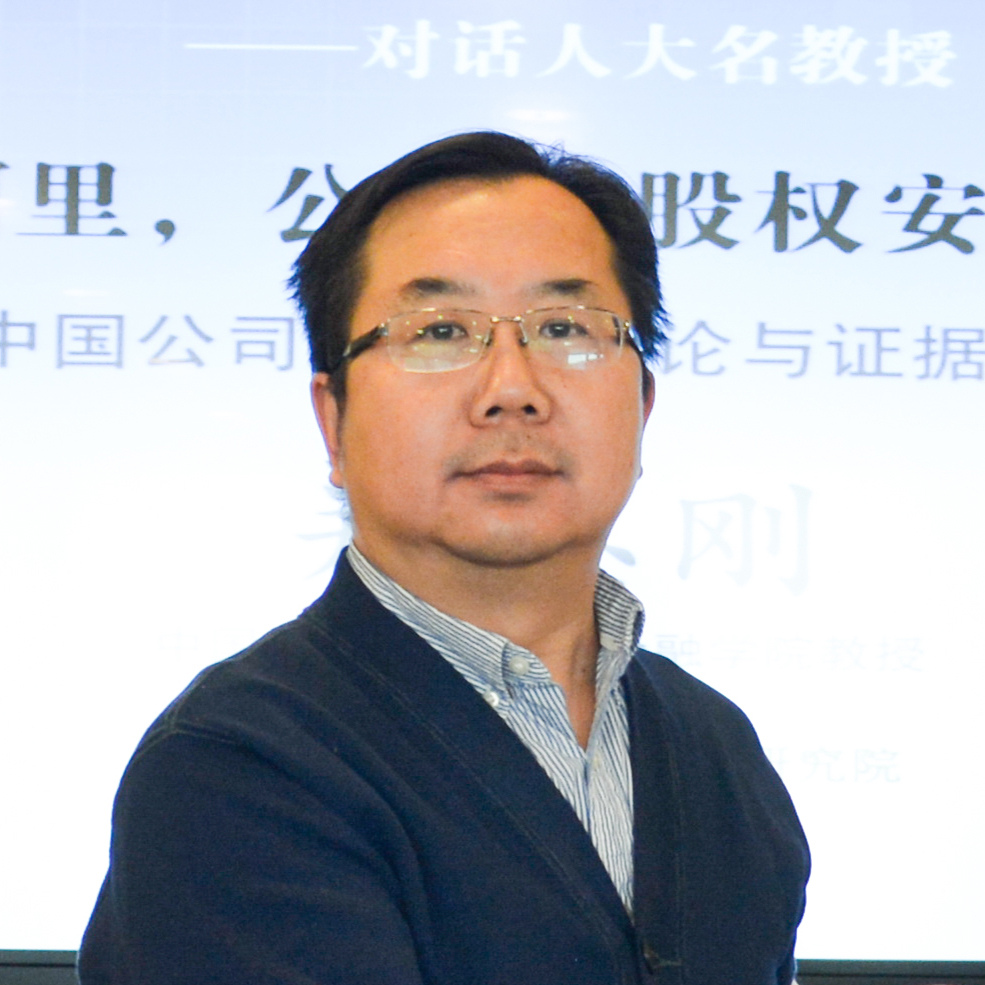
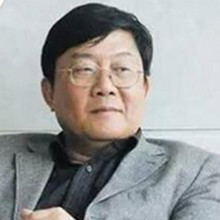

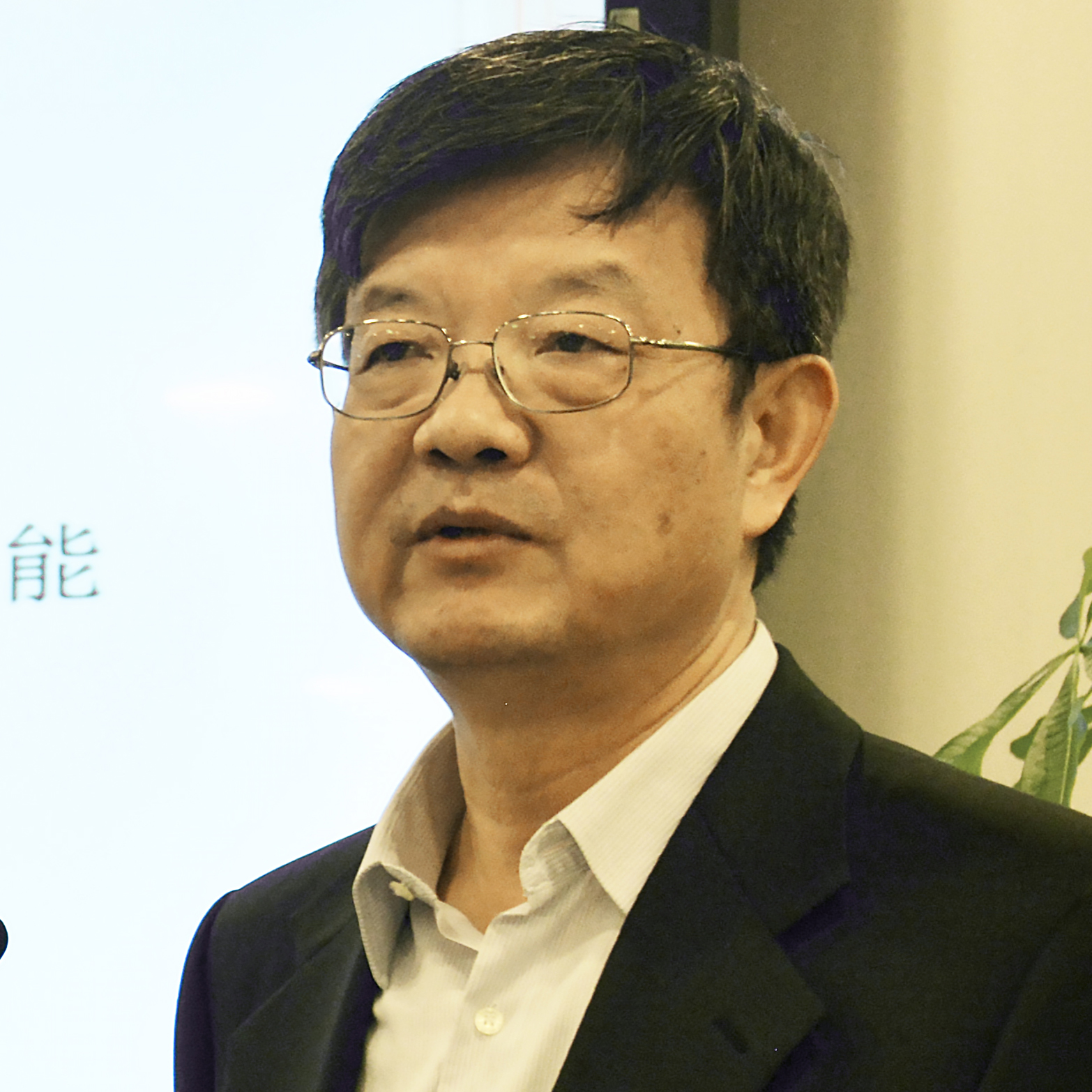
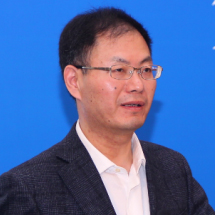
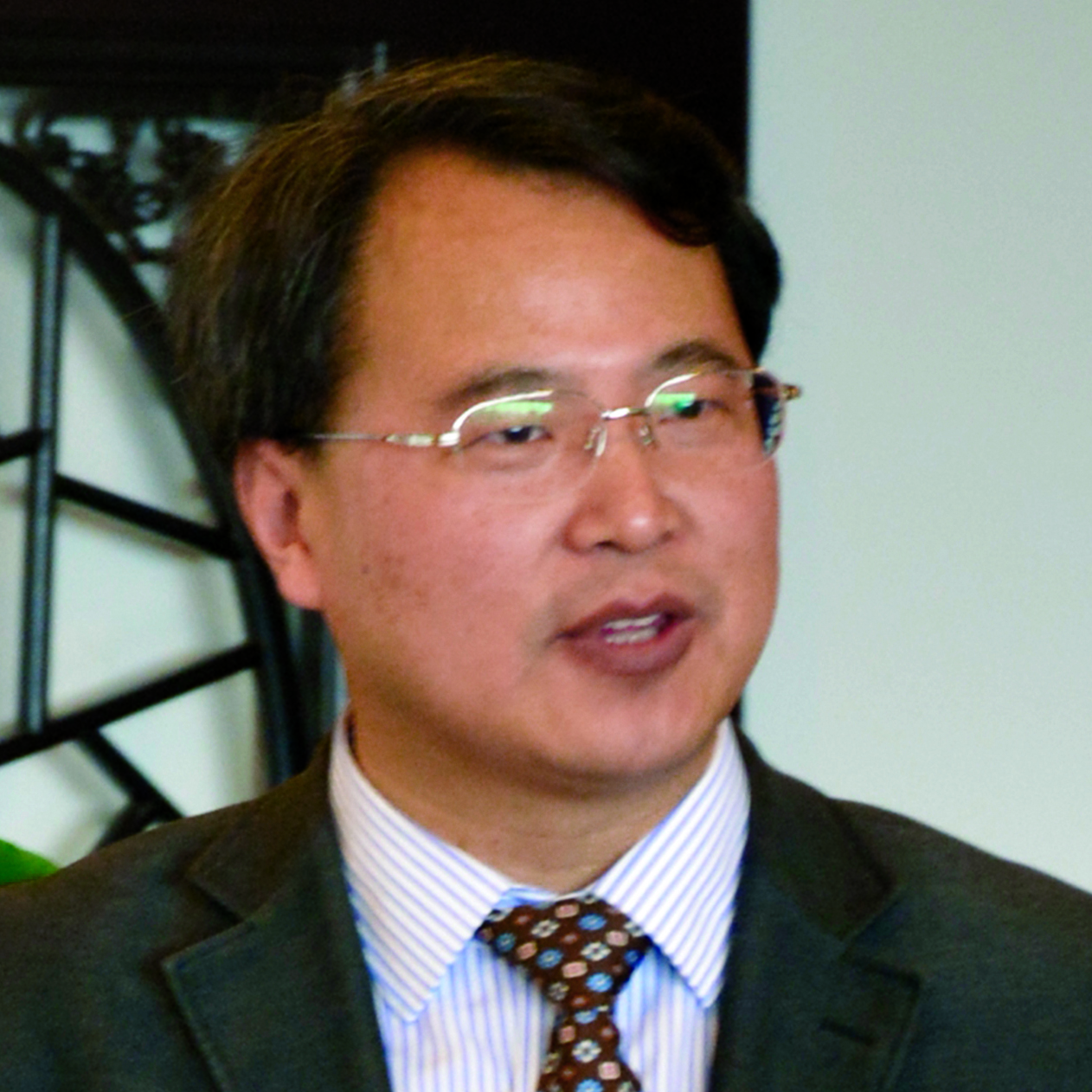
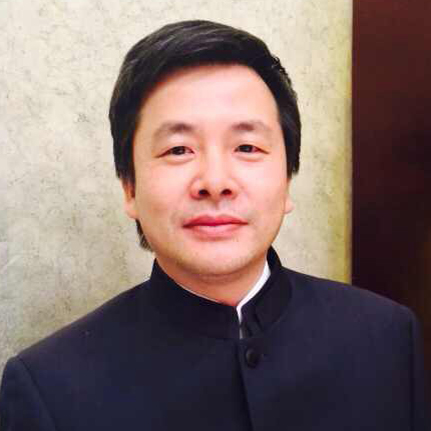
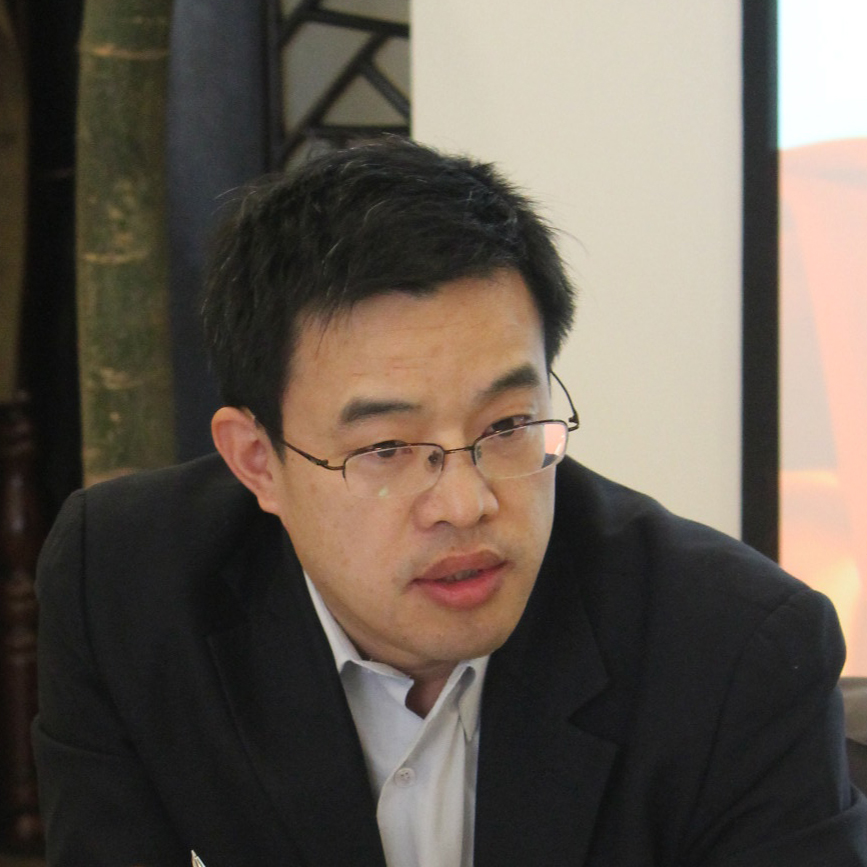
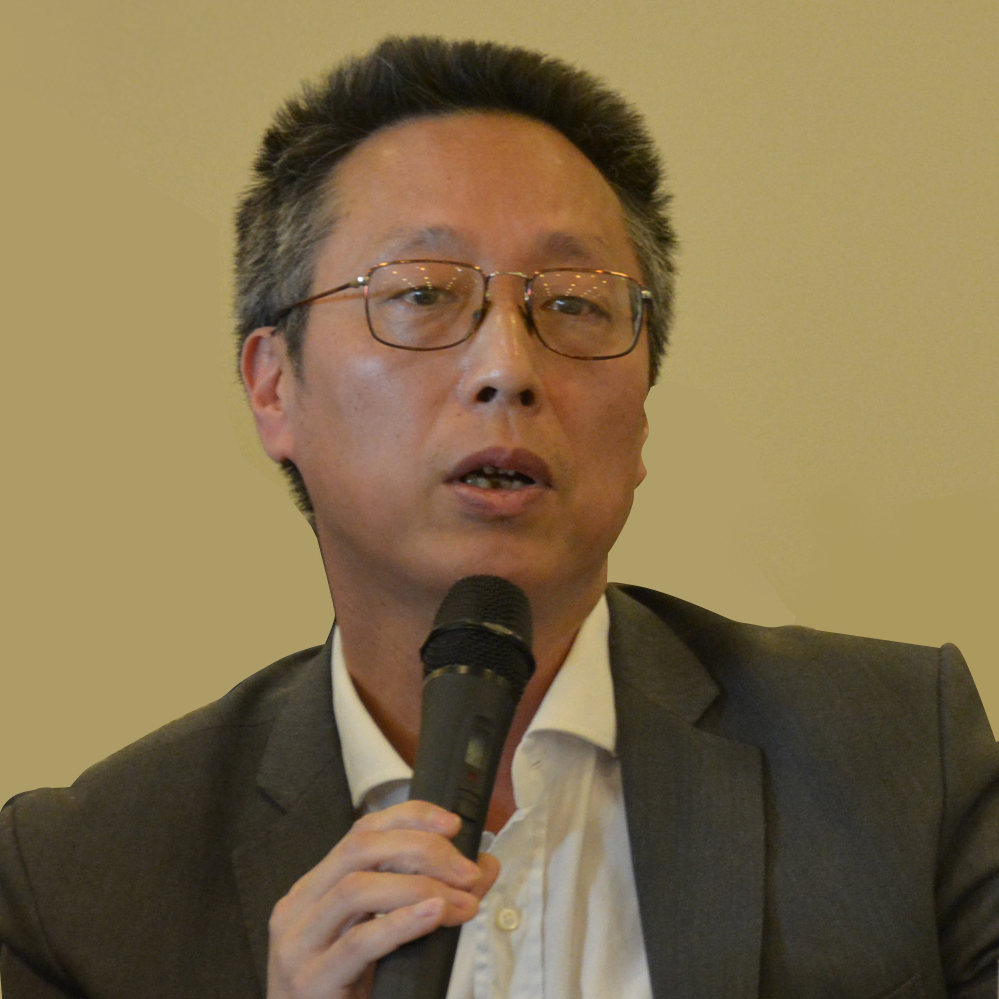
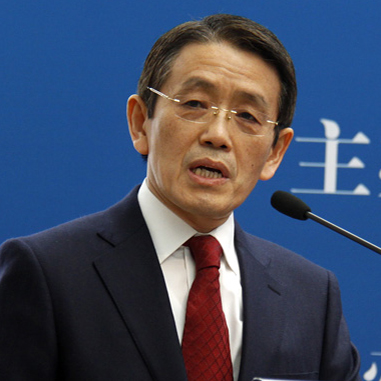
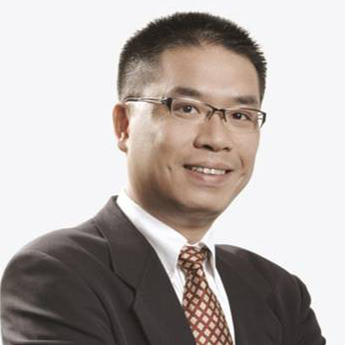
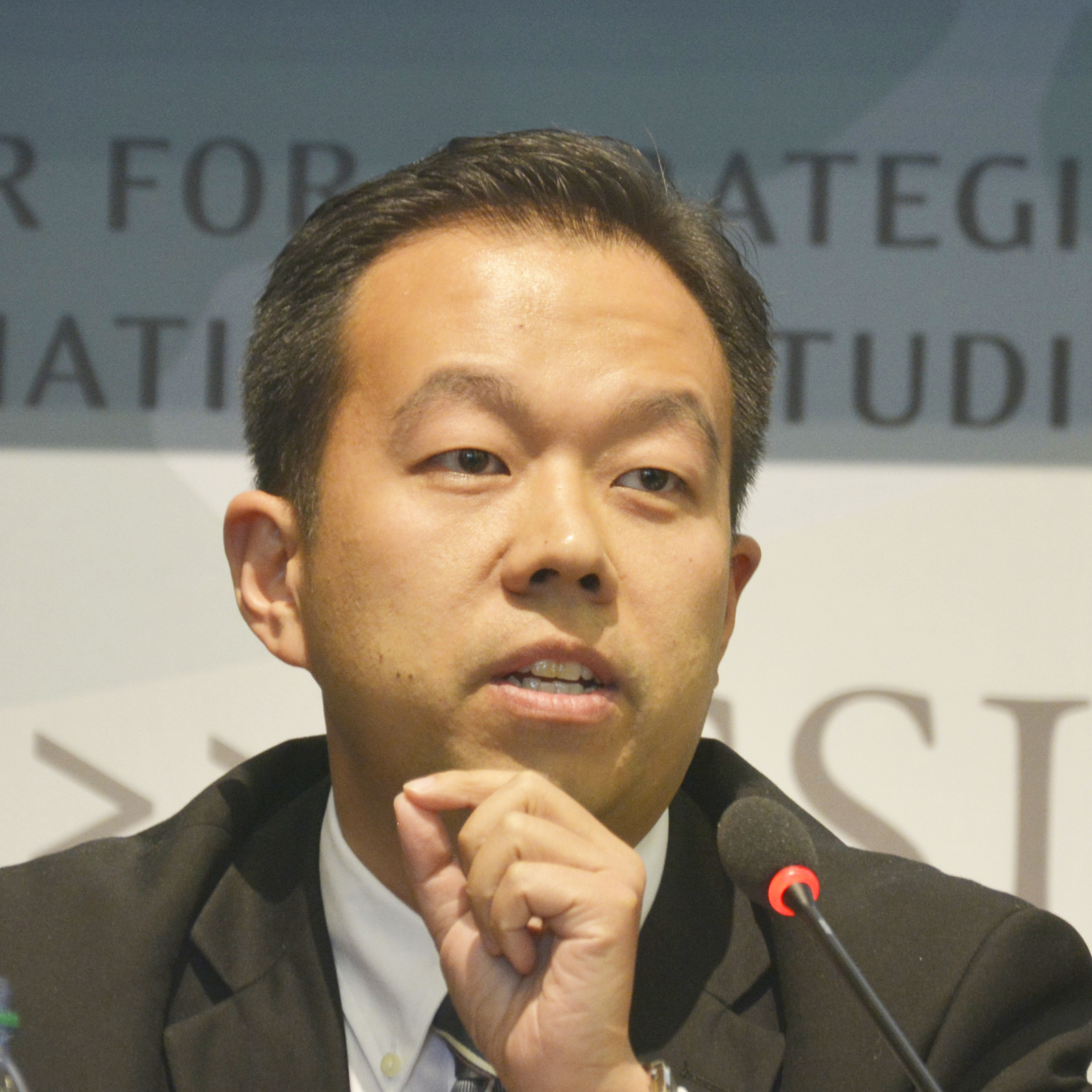
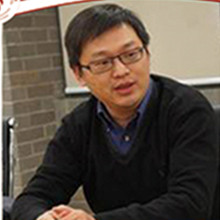
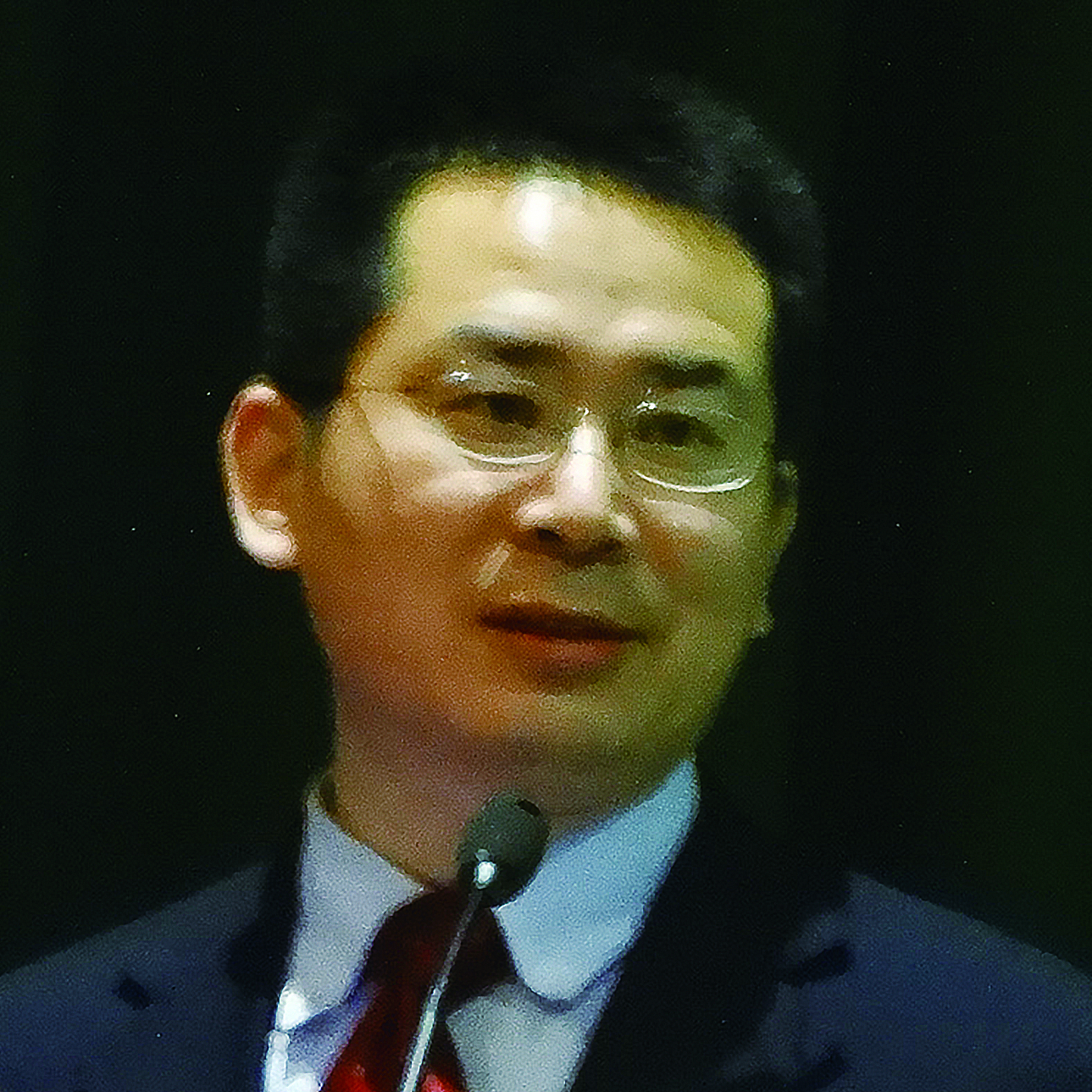
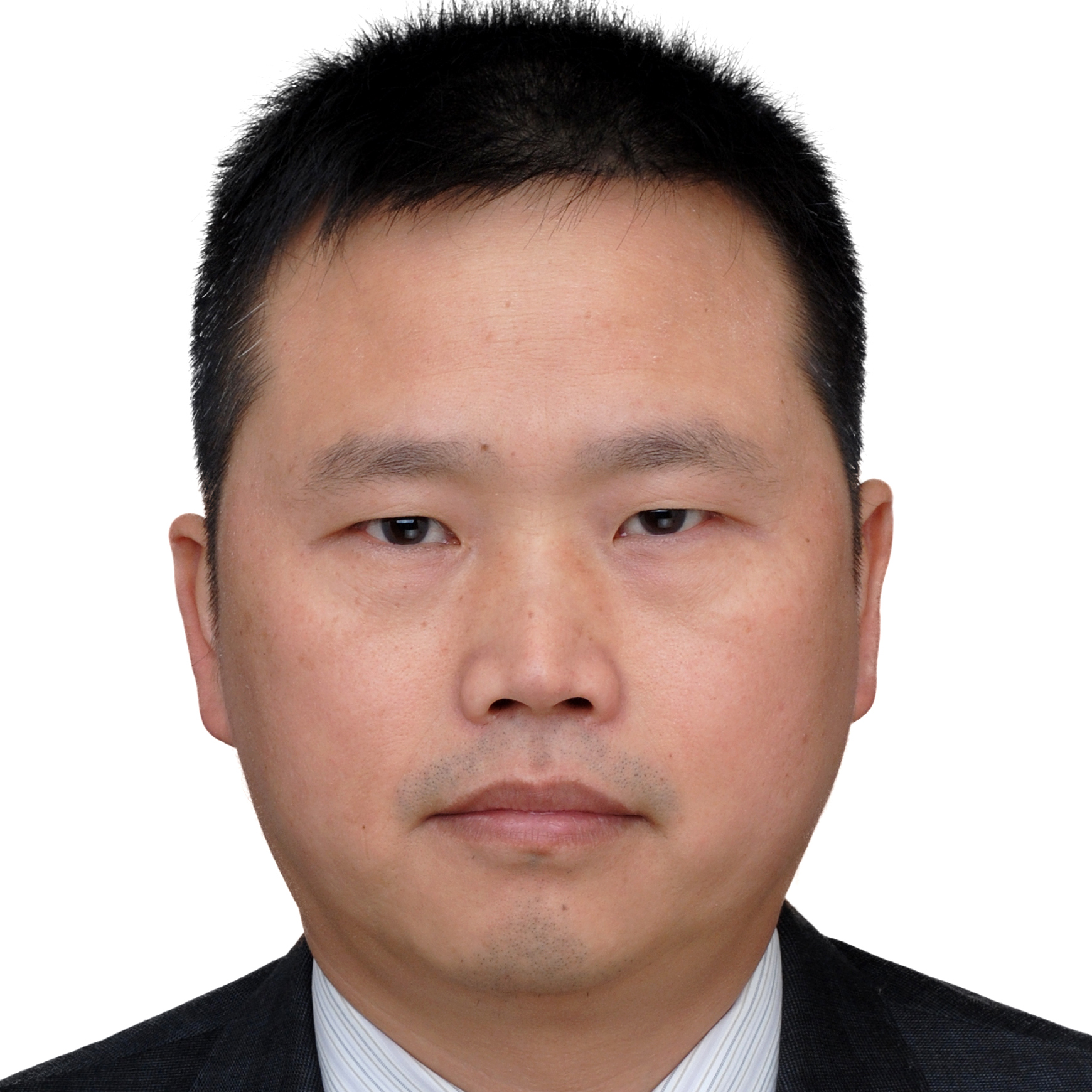

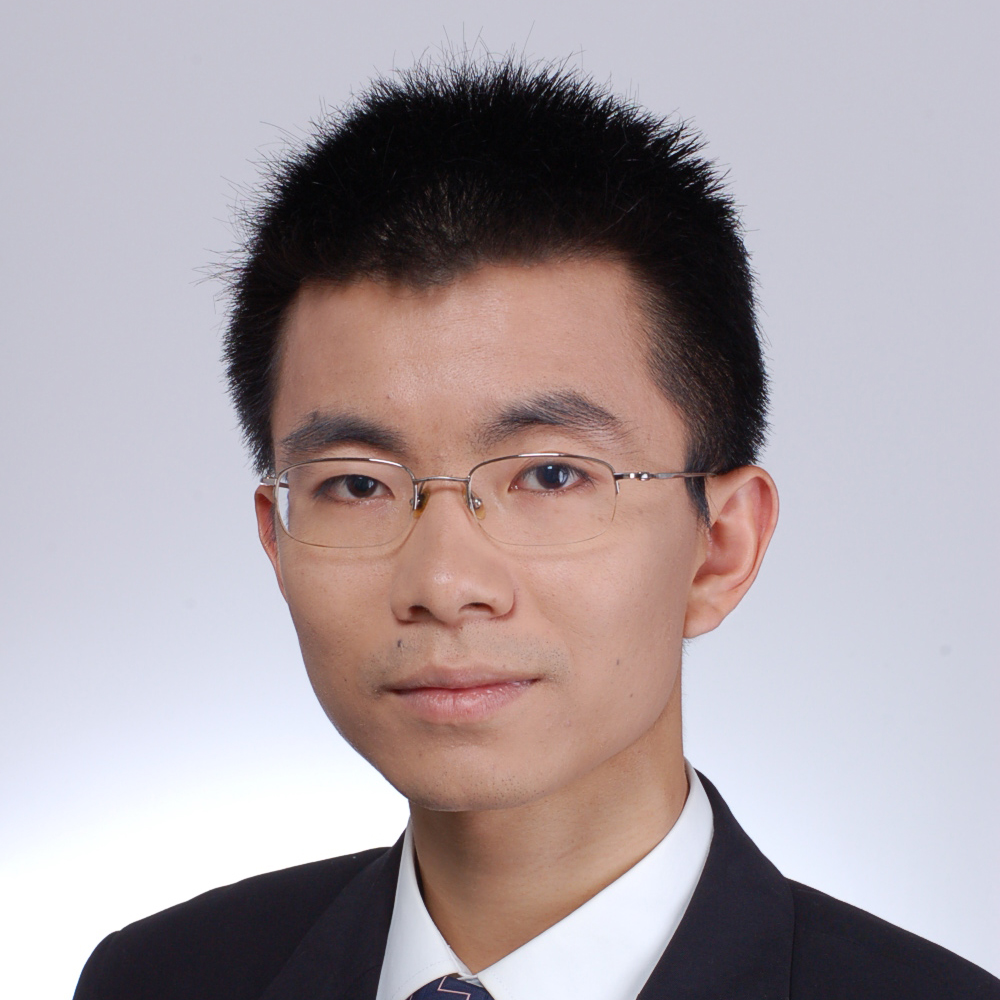
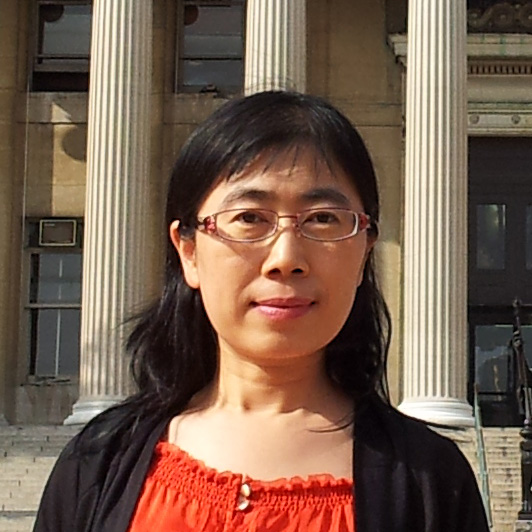
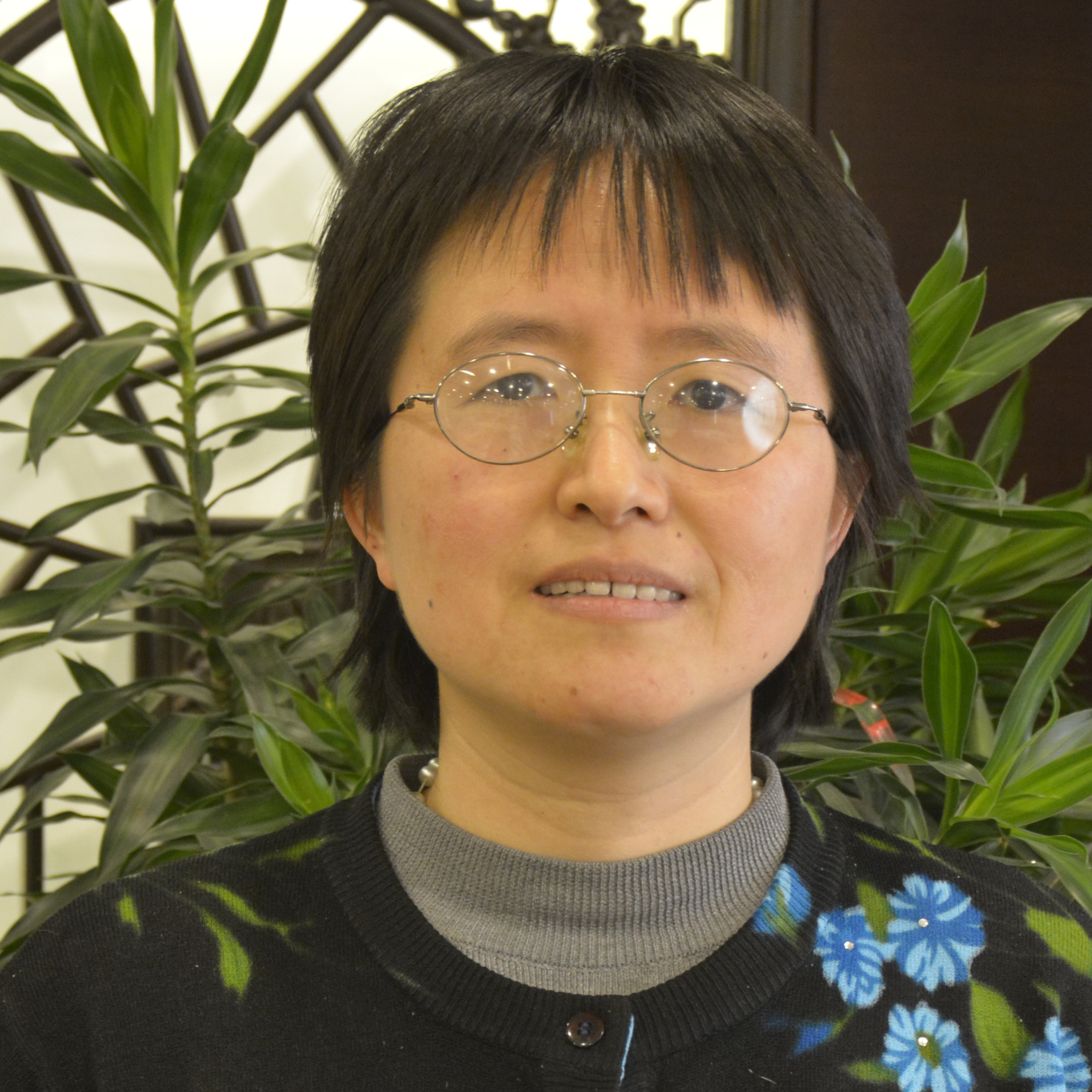



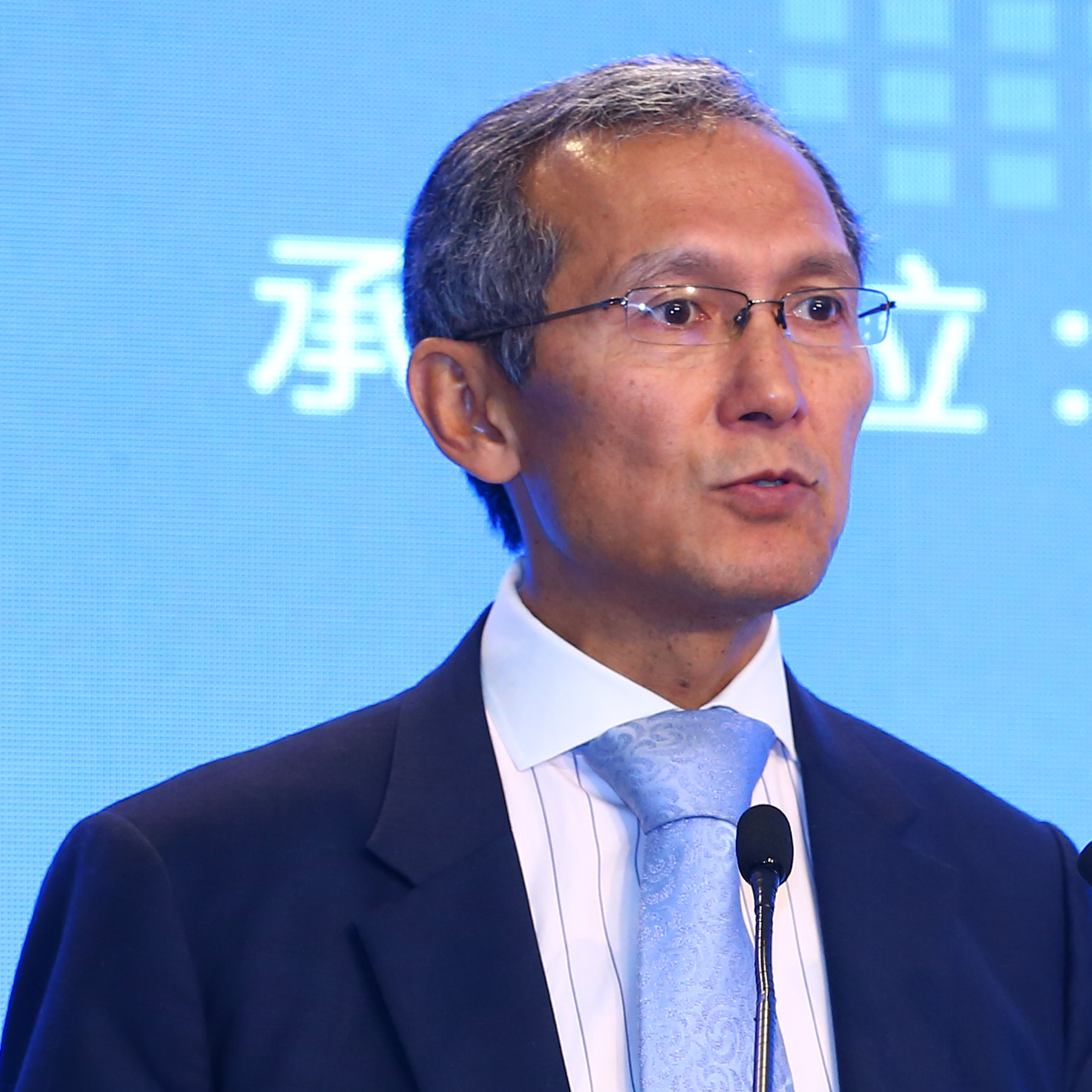


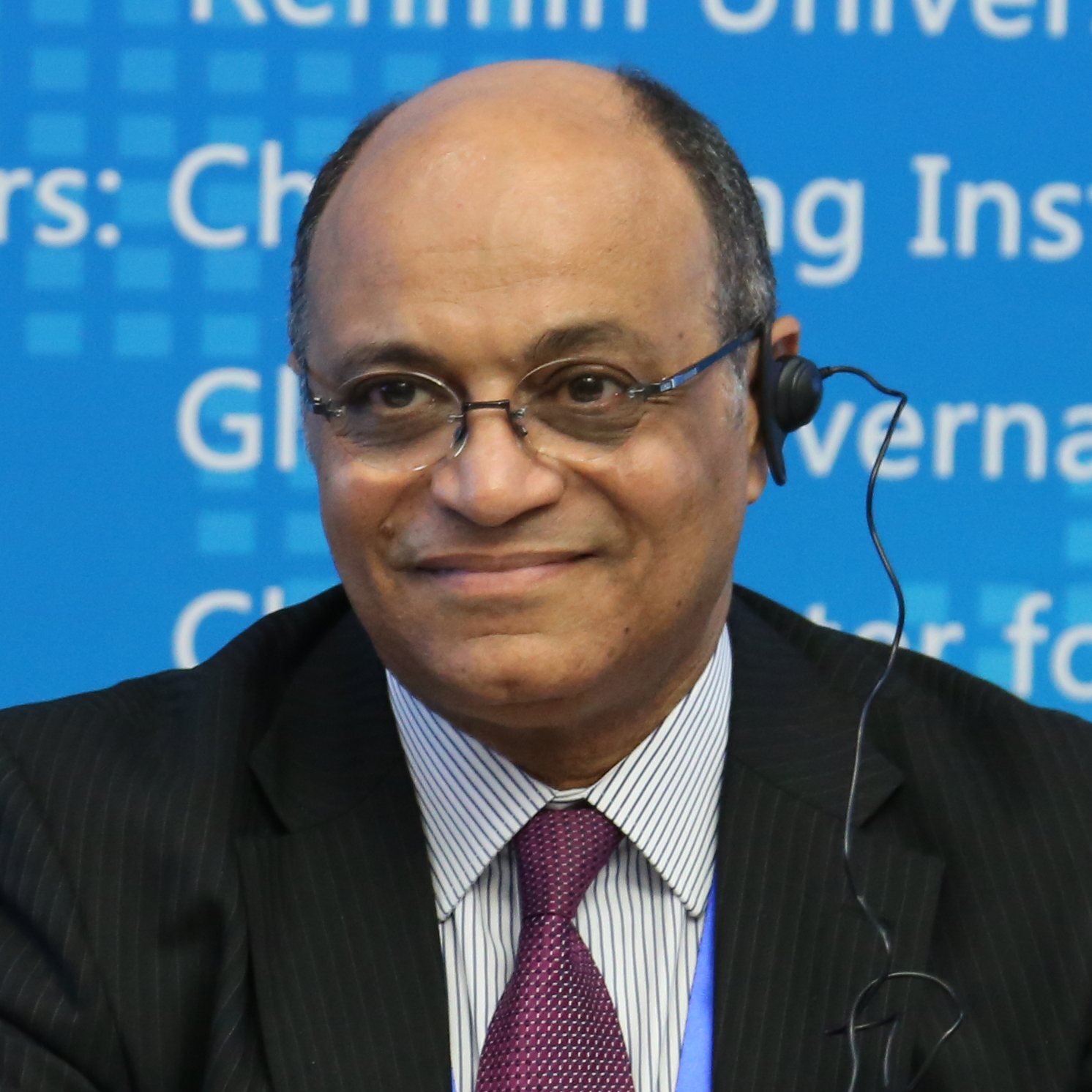







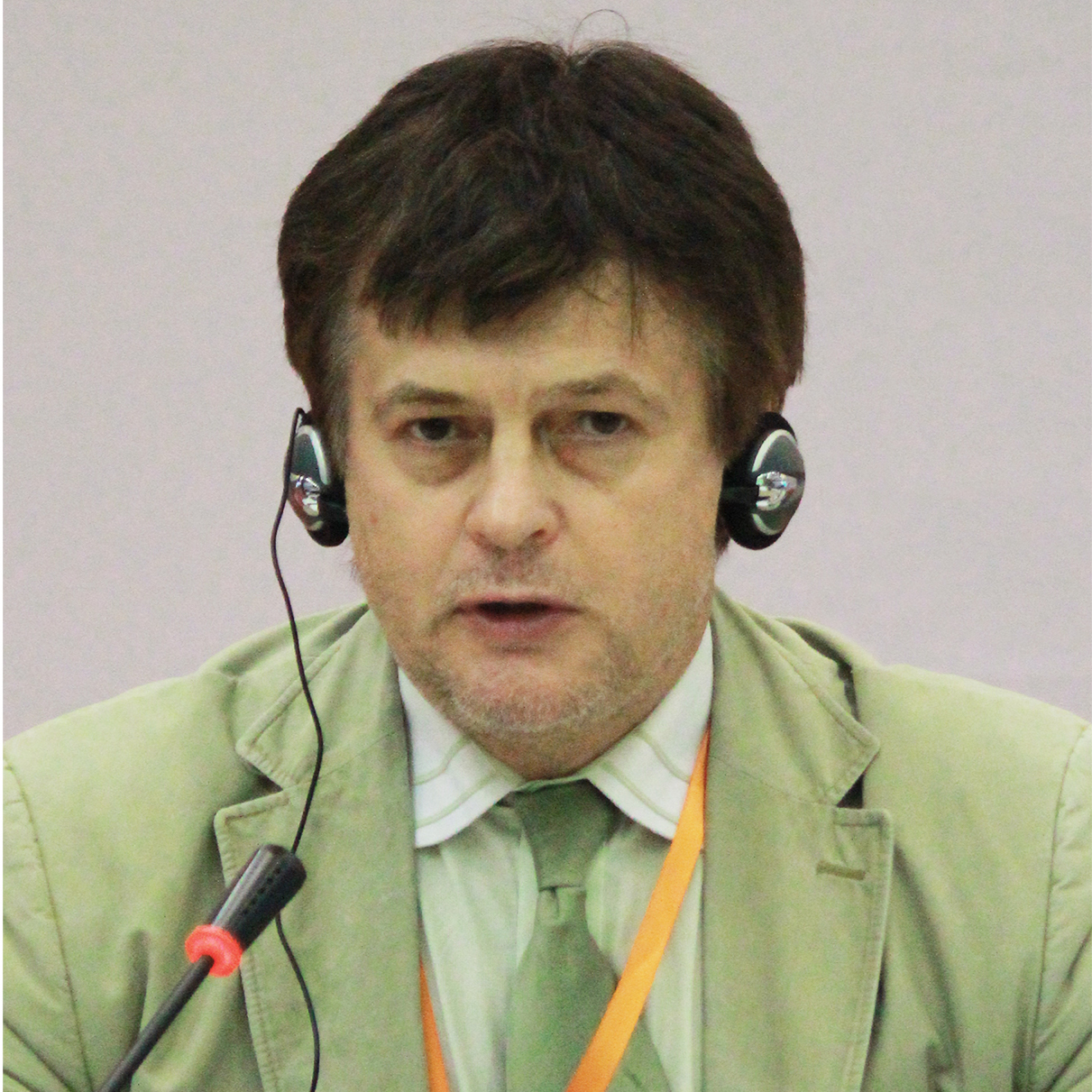


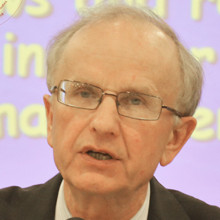





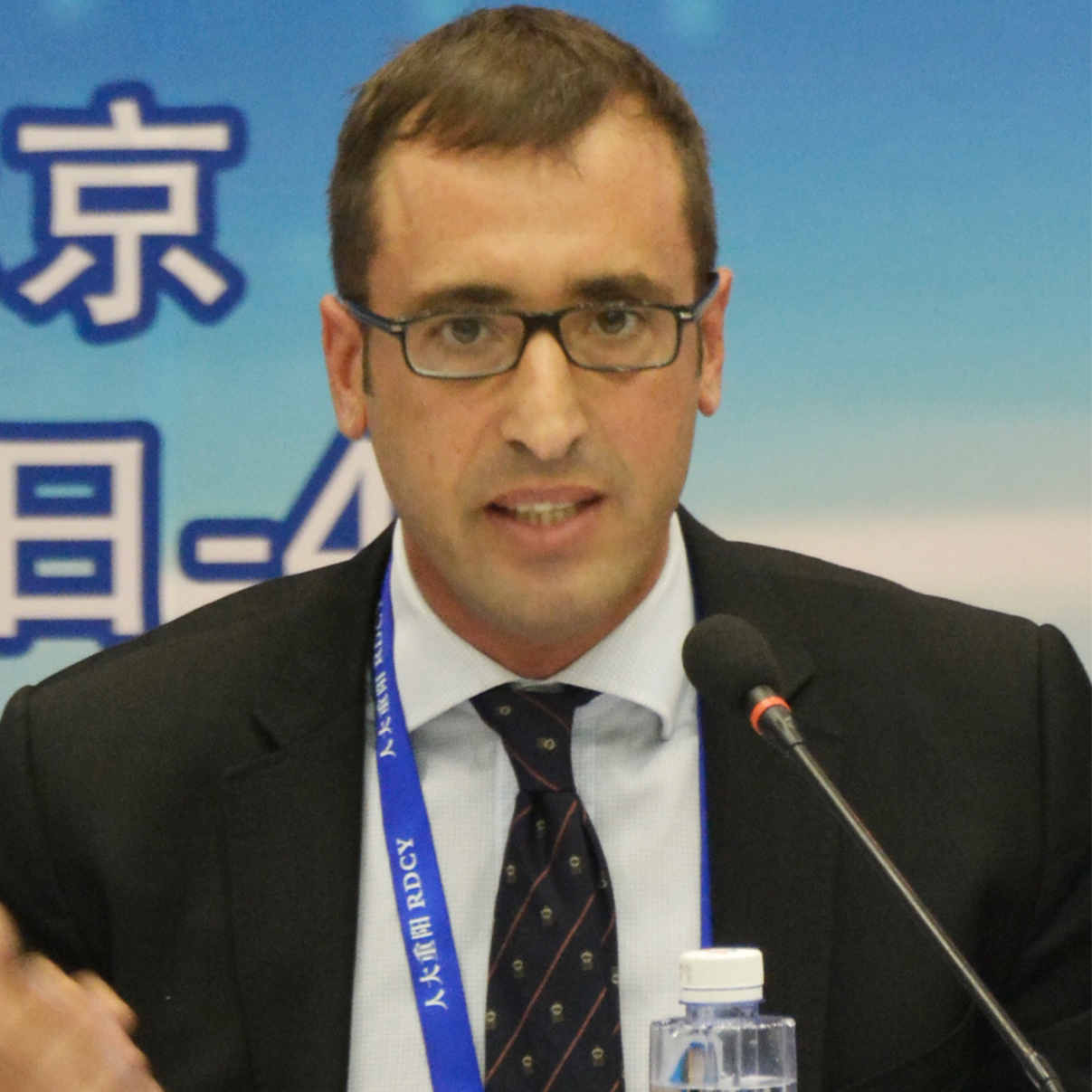
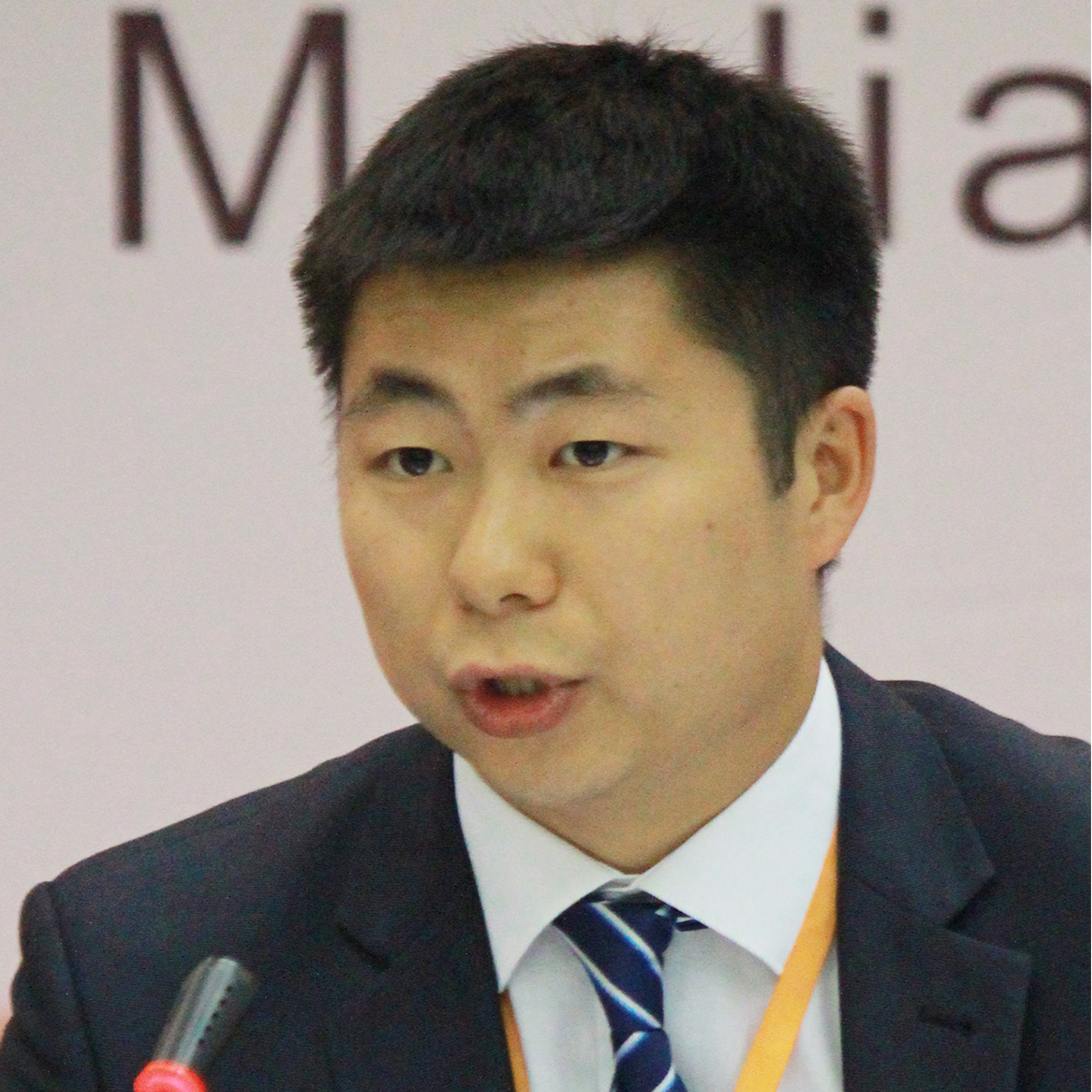

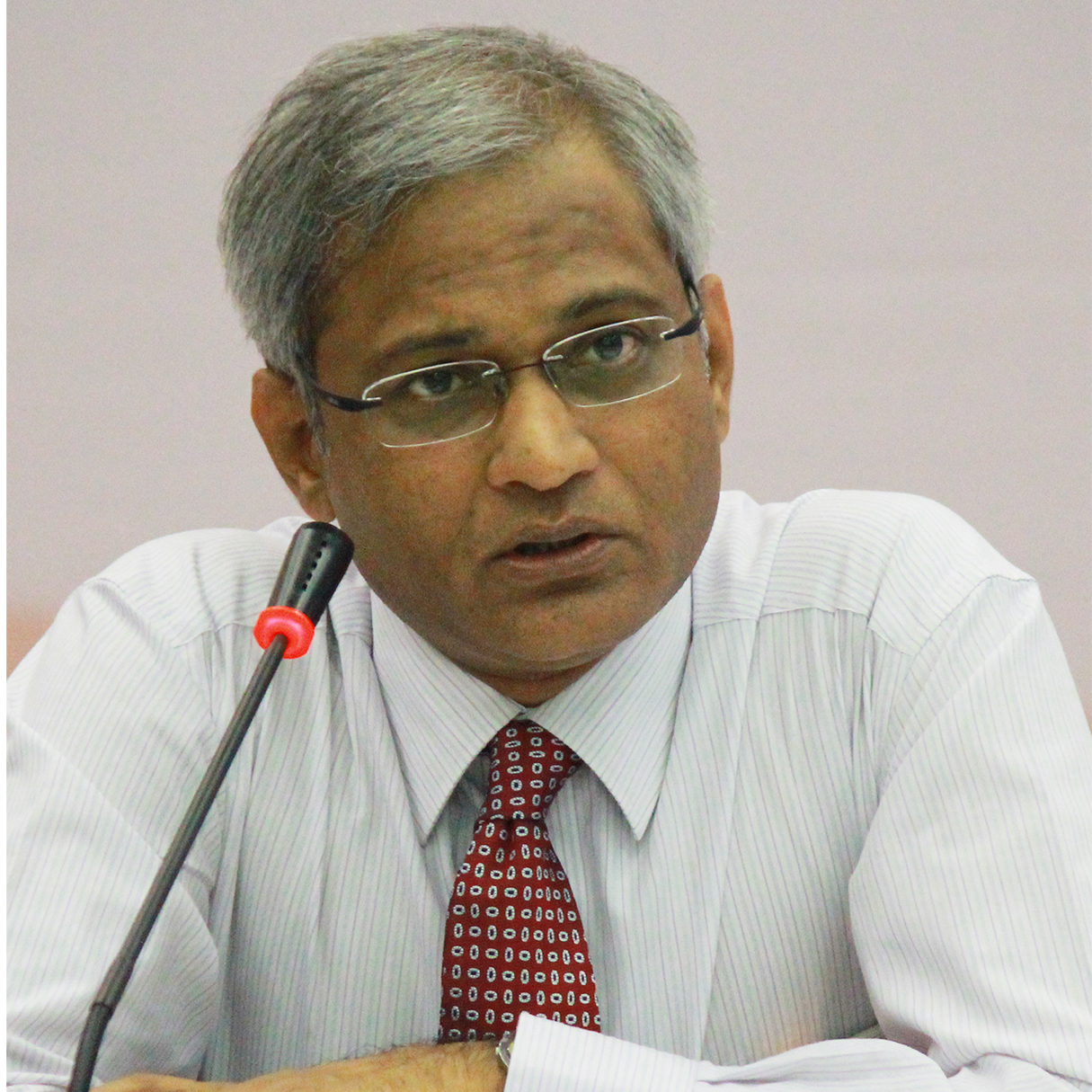





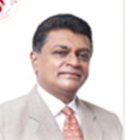
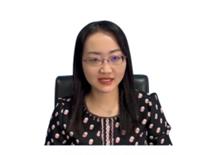






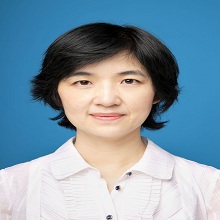
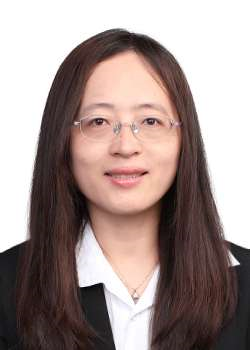

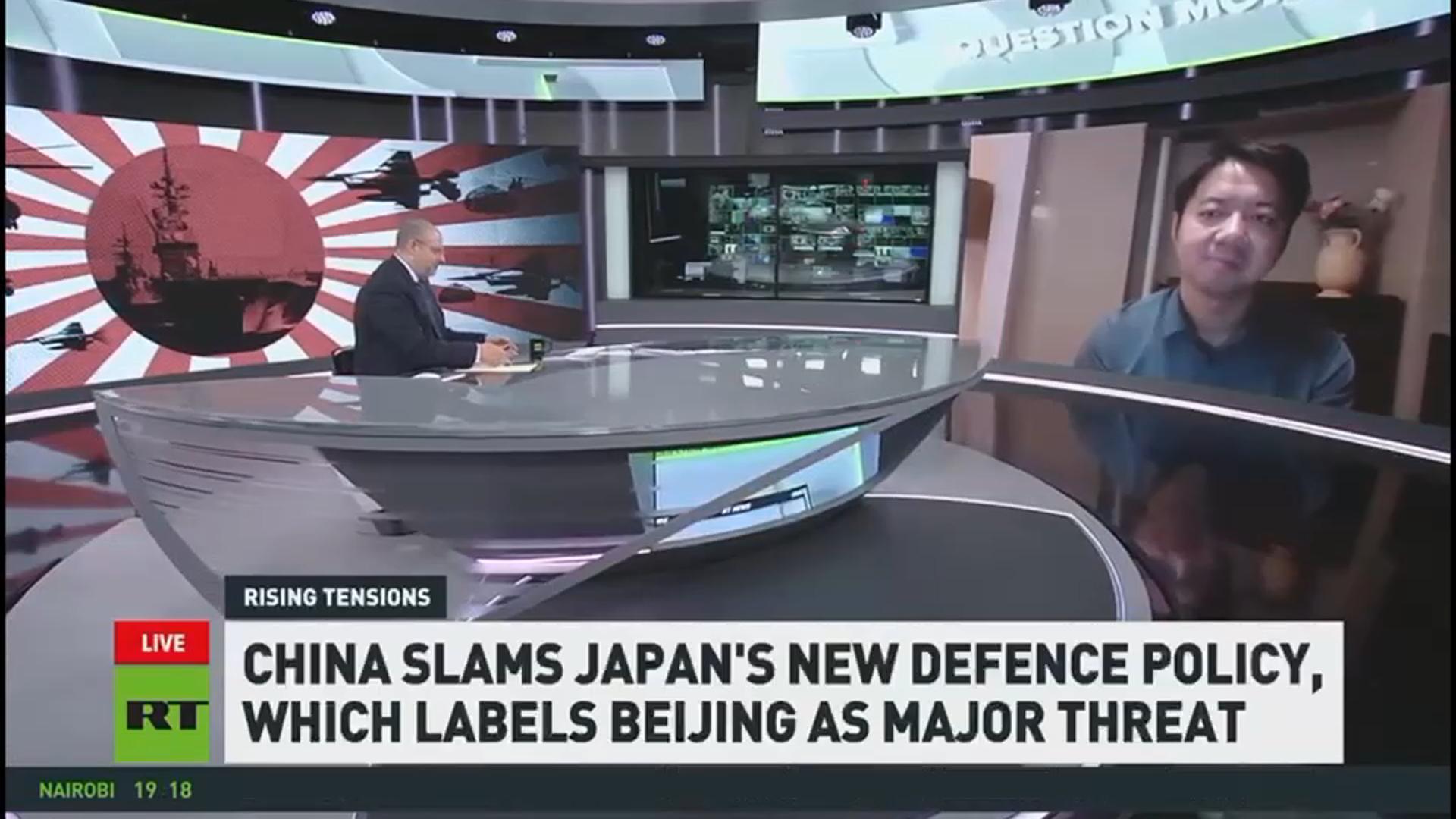
 京公网安备 11010802037854号
京公网安备 11010802037854号





